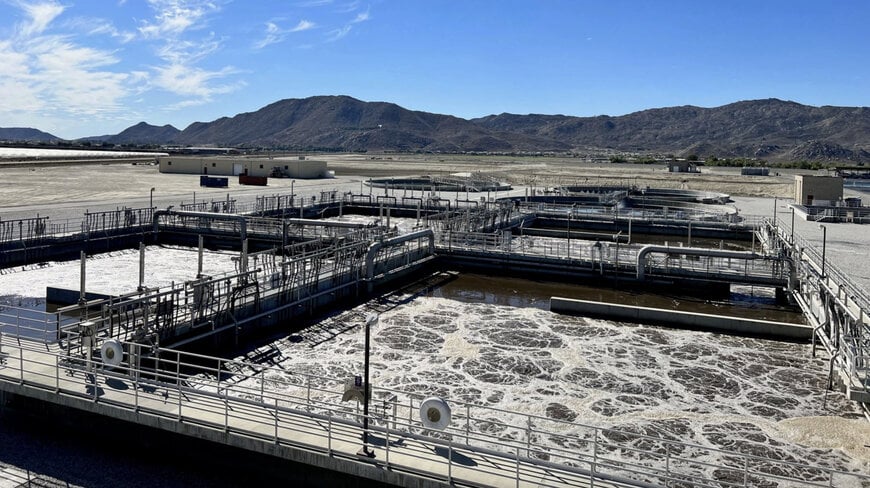
What Are The Most Common Non-alternative Energy Sources? Non-renewable energy sources are those that come from finite resources and once they are gone, they are gone forever. The source of energy we use is renewable and sustainable. It does not cause any damage to the environment.
It does not cause any damage to the environment. One of the most important and controversial issues facing the world today is the use of fossil fuels. These sources include oil, coal, and natural gas. Fossil fuels have been used for centuries, and they are not going to go away anytime soon. Fossil fuels are used to generate electricity, run cars and trucks, and heat homes. They are also used in many manufacturing processes. Another example is uranium, which is used to produce nuclear power. While they are currently the most popular sources of energy in the world, we must begin to explore and invest in renewable energy sources to ensure a sustainable future.

What are trend for non-renewable energy sources? Oil is a valuable natural resource that is used to produce energy. It is important to find new ways to use oil so that we can continue to have these products. Oil is also important because it is used to create energy. We need to find new ways to create energy so that we can continue to use oil. It is found in many parts of the world, including the Middle East, North America, and South America. Oil is used to produce gasoline, diesel fuel, and other products that are used to power vehicles and machinery. It is also used to produce heating oil and other products that are used to heat homes and businesses.
Coal is a fossil fuel that is formed when dead plant matter is buried under layers of earth and subjected to heat and pressure over millions of years. Coal is a fossil fuel that is used to produce energy. It is formed when dead plant material is buried underground and slowly converted to coal over millions of years. Coal is a dirty fuel and causes air pollution, which can lead to health problems. Coal is an important source of energy in the United States, supplying nearly half of all electricity. According to the U.S. Energy Information Administration, in 2012, the United States produced about 1.1 billion short tons of coal. About 38% of that coal was from Wyoming. The next leading states were West Virginia, Kentucky, and Pennsylvania.

Natural gas is a fossil fuel that is used to produce heat and electricity. It is the cleanest-burning fossil fuel, producing about half the emissions of coal. Natural gas is transported through pipelines to utilities and other customers. It is also the most abundant fossil fuel in the United States, with a reserve estimated at more than two hundred years. Natural gas is also cheaper than other forms of energy, and it can be used to generate electricity or heat homes and businesses. It is also the most abundant fossil fuel in the United States, with a reserve estimated at more than two hundred years.
Nuclear power is a type of energy that is produced when uranium atoms are split. This process creates heat, which is then used to generate electricity. There are many benefits of using nuclear power, including the fact that it is a carbon-free energy source. Additionally, nuclear power is very reliable and can be used to meet peak demand. However, there are also some risks associated with nuclear power, including the possibility of a meltdown.
In spite of the dangers of non-renewable energy sources, many countries continue to rely on them. Fossil fuels, for example, are a major contributor to global warming and air pollution. The use of nuclear power can also lead to accidents, such as the Chernobyl disaster in 1986. Despite these risks, many governments are reluctant to invest in renewable energy sources such as solar and wind power. Non-renewable energy sources are those that cannot be replenished in a short period of time. The main sources of non-renewable energy are fossil fuels such as coal and oil, which are used to generate electricity and heat homes. While these sources of energy are reliable and affordable, they also have negative environmental impacts.

.png)


.jpg)

.webp)







































.webp)






























.png)





.png)















